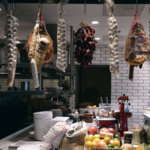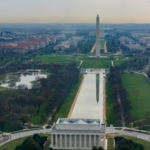Victoria & Christon
Things To Do
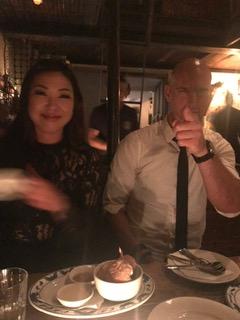
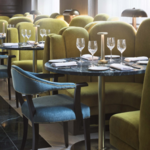
Café Riggs
Inspired by the grand brasseries of Europe, Café Riggs offers historic grace married with contemporary cuisine. Serving an all-day menu from the bar, dining room and café, patrons are welcomed into the airy setting to enjoy a casual drink or celebratory meal against the backdrop of the space’s ornate ceiling and original Corinthian columns.

Compass Rose
We pride ourselves on being what we call “armchair tasters”, which is our take on the “armchair traveler”—a genre of literature and movies that takes you on a trip to an exotic locale without leaving the comfort of your own home. So while it’s great to travel around the world, we understand that’s not always possible; instead of waiting for the smells and tastes on a great trip, we’ll bring them to you—in a cozy row home right in your own neighborhood. When we welcome you into our restaurant, we hope you’ll savor our selection of international street food alongside handcrafted cocktails, some quirky beers, and exotic wines. We’re a place for friends and neighbors to come together and feel at home while sending your taste buds out to travel the world.

Kith and Kin
Celebrating his heritage ranging from Nigeria and Jamaica, to West Africa and the Caribbean, to New Orleans and New York, and now immersed in The Wharf of Washington D.C., Chef Kwame finds his culinary impetus in everywhere he's from, everywhere he's been, and the influence of those who know him best.
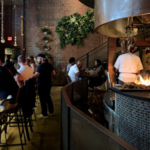
Maydan
When you enter our town square—our “Maydān”—we want you to feel a sense of wonder. We want you to forget what you know and be ready to explore. And we’ll be there with you for every bite. You’ll feel like you’ve met new friends—a new family—who will guide you through the square to a table full of dishes. Spreads, salads, condiments, roasted and grilled vegetables, meats, and seafood coming together in unison. Just remember, there is no wrong way to go about this.
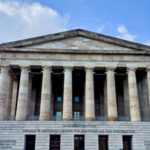
National Portrait Gallery
Experience portraiture beyond the frame. Our collections present people of remarkable character and achievement. These Americans—artists, politicians, scientists, inventors, activists, and performers—form our national identity. They help us understand who we are and remind us of what we can aspire to be. Get to know us at the National Portrait Gallery. We look forward to sharing the faces and stories of inspiring Americans with you.

Hirshhorn Museum
Now entering its fifth decade, the Hirshhorn is a leading voice for contemporary art and culture and provides a national platform for the art and artists of our time. Located in the heart of Washington, DC, on the National Mall, we are free to all, and open 364 days a year. As one of the most visited modern art museums in the U.S., we seek to share the transformative power of modern and contemporary art by creating meaningful, personal experiences in which art, artists, audiences and ideas converge. Through groundbreaking exhibitions, events, research and acquisitions, we create the space where people encounter the most important artists of the 21st century. The Hirshhorn’s holdings encompass one of the most important collections of postwar American and European art in the world. We are committed to providing the artists of today a national platform to explore new ways to create, with performance, digital media, video, and technology.
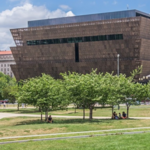
National Museum of African American History and Culture
The National Museum of African American History and Culture is the only national museum devoted exclusively to the documentation of African American life, history, and culture. It was established by Act of Congress in 2003, following decades of efforts to promote and highlight the contributions of African Americans. To date, the Museum has collected more than 36,000 artifacts and nearly 100,000 individuals have become members. The Museum opened to the public on September 24, 2016, as the 19th and newest museum of the Smithsonian Institution.

International Spy Museum
Every nation considers intelligence essential to its national security. The Museum lifts the veil of secrecy on the hidden world of intelligence, exploring its successes and failures, challenges and controversies. The Museum's mission is to educate the public about espionage and intelligence in an engaging way. It provides a context for understanding of the important role intelligence has played in history and continues to play today.
